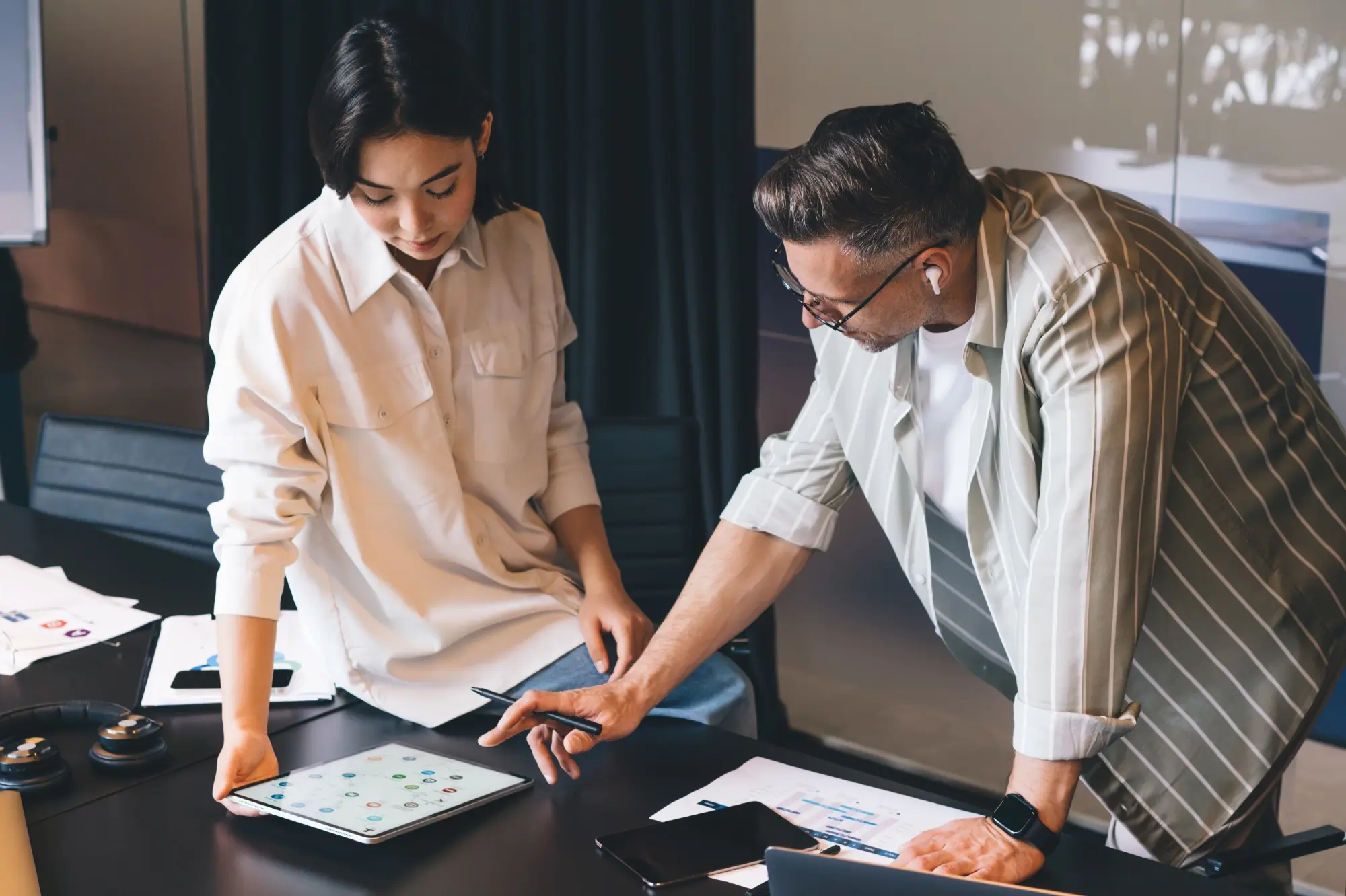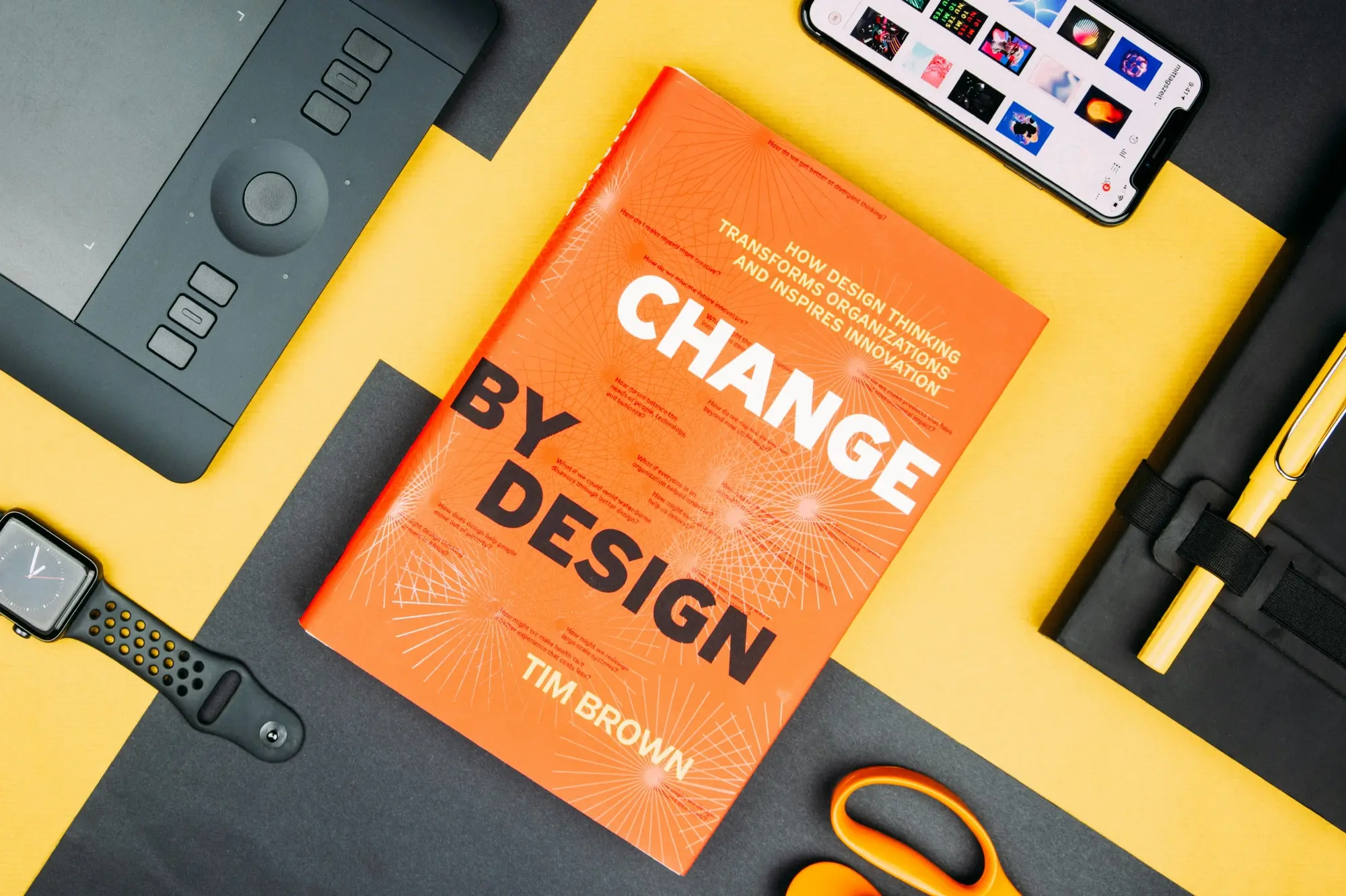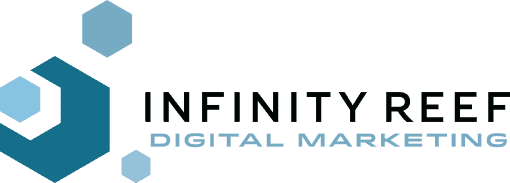Challenge and Opportunity
The future of graphic design is definitely at a crossroads due to technology, market oversaturation and shifting client expectations. These challenges have reshaped the landscape, and the role of the design professional must be to effectively express their differentiation from the vast pool of generic layout providers to remain relevant.
Automation and AI’s Impact on Routine Work
Current AI tools like DALL-E and Canva are automating tasks that once required human creativity, especially for template-driven design and basic layouts. As AI improves, more of these repetitive, formulaic tasks will be handled by machines. This will put additional downward pressure on rates for commoditized design work. Many clients already seek the cheapest option in this area due to little differentiation from a range of suppliers.

The Shift from Execution to Strategy
What AI can’t (yet?) replicate is the strategic thinking, complex problem solving, and deep understanding of branding and human experience that design professionals bring to the table. As technology commodifies execution, creatives with theoretical training and deep exeprience will likely pivot more toward strategic roles if they’re not doing so already – working alongside AI to guide and refine machine-generated output – using their understanding of business goals, branding, psychology, and human behaviour.
Similar shifts have happened in other industries that became more automated – such as photography, where technical barriers have been lowered with smarter camera hardware and software, but high-end photographers who focus on concept and storytelling are still in demand.
Clients Still Value Human-Centered Creativity
While many clients may go for the cheapest option, others – especially businesses that recognize the value of strong branding and differentiation in their market – will continue to seek out creative direction and design that brings conceptual and strategic skills that AI lacks. This is especially true for larger companies and high-stakes projects where creativity and storytelling play a crucial role.

Education and Skill Set Diversification
The four-year design degree’s weight took a hit with junior colleges and tech schools churning out “designers” in short-duration courses over the past two decades. However, the benefit and power of the design bachelor’s degree is going to reassert itself as the industry evolves. These programs prioritize the quality of thought before diving into executions. The future will favour design professionals who diversify their skills beyond merely producing graphic design and grow into strategic planning and other thought-oriented workflows that emphasize creation over execution. This is built on human insight and offers higher-value work that can’t be easily automated.
The Role of Specialization
Generalists and under-trained designers who focus on low-cost execution are most at risk of being undercut by AI and other low-budget competition. However, specialization in areas like niche branding for specific industries can help mid-level and above designers differentiate themselves. Specialists with unique skill sets, deep domain knowledge, or industry-specific expertise will remain in demand.

AI as a Tool, Not a Replacement
Rather than replace design professionals, AI can serve as a tool that enhances their work. Creatives who embrace AI to improve efficiency and automate mundane tasks will see an increase in productivity and profitability while remaining relevant. Those who resist these technologies will likely find it harder to compete.
Changing Client Relationships
With an oversaturation of low-level “designers” with adequate layout skills, clients have been able to increasingly focus on price and keep driving it down. As companies become more aware of the limits of AI and the pool of bargain design resources – particularly in handling nuanced, customized, or emotionally resonant work – they will return to professionals who can offer more tailored, human-centered design. Building long-term relationships with clients who value quality over cost will be even more important.
While AI will undoubtedly change the way design is done and force many professionals to rethink their roles, there is still a need for design expertise, especially in strategic, creative, and specialized contexts. The key will be in adapting and finding areas where human insight and creativity continue to bring value.
Infinity Reef is a small, nimble agency that outperforms for its size and responds well to client engagement and collaboration. Contact us and we’ll be happy to have an unhurried, in-depth conversation with you.
